|
www.passioncompassion1418.com
|
SURVIVING GUN FILE (# 1535)
|
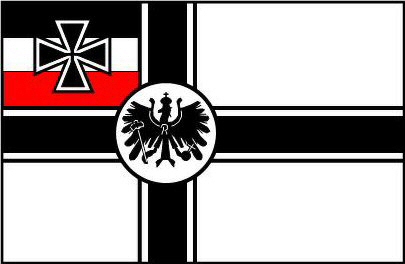 Germany
|
|
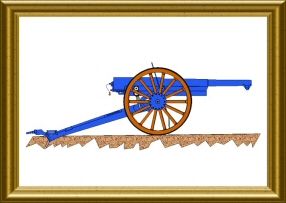 Light artillery
|
|||
|
Contributor :
|
Location :
France Sainte Marie de Ré (17) War Memorial
Coordinates :
Lat : 46.14856 / Long : -1.31114
|
General comments on this surviving gun :
Panel placed next to the gun: Intended for corps artillery groups, 40 kg shell, 6 km range. The marks on the barrel are those that were regulatory in the Kingdom of Prussia until 1919: Prussian eagle and motto "Pro Gloria et patria", royal monogram laurelled and stamped with the sentence "Ultima ratios regis". The chasing of the muzzle and the edge of the jacket are also regulatory. This cannon, then with its wheels, a trophy from the war, had been placed at the foot of the Monument aux Morts with two machine guns dating from the 1914-1918 war, also on wheels. In July 1941, German soldiers from the German AA stationed at the Salée battery (in the commune of Sainte Marie de Ré) were tasked with recovering these guns (hence the inscription engraved on the side). The gun was towed behind a lorry, but the worn wheels did not resist and the barrel landed in a ditch where it remained until the end of the war. Recovered in 1945, it returned to its present location.
Identical items in the same location :
1
Items covered by this file : 1 |
|||
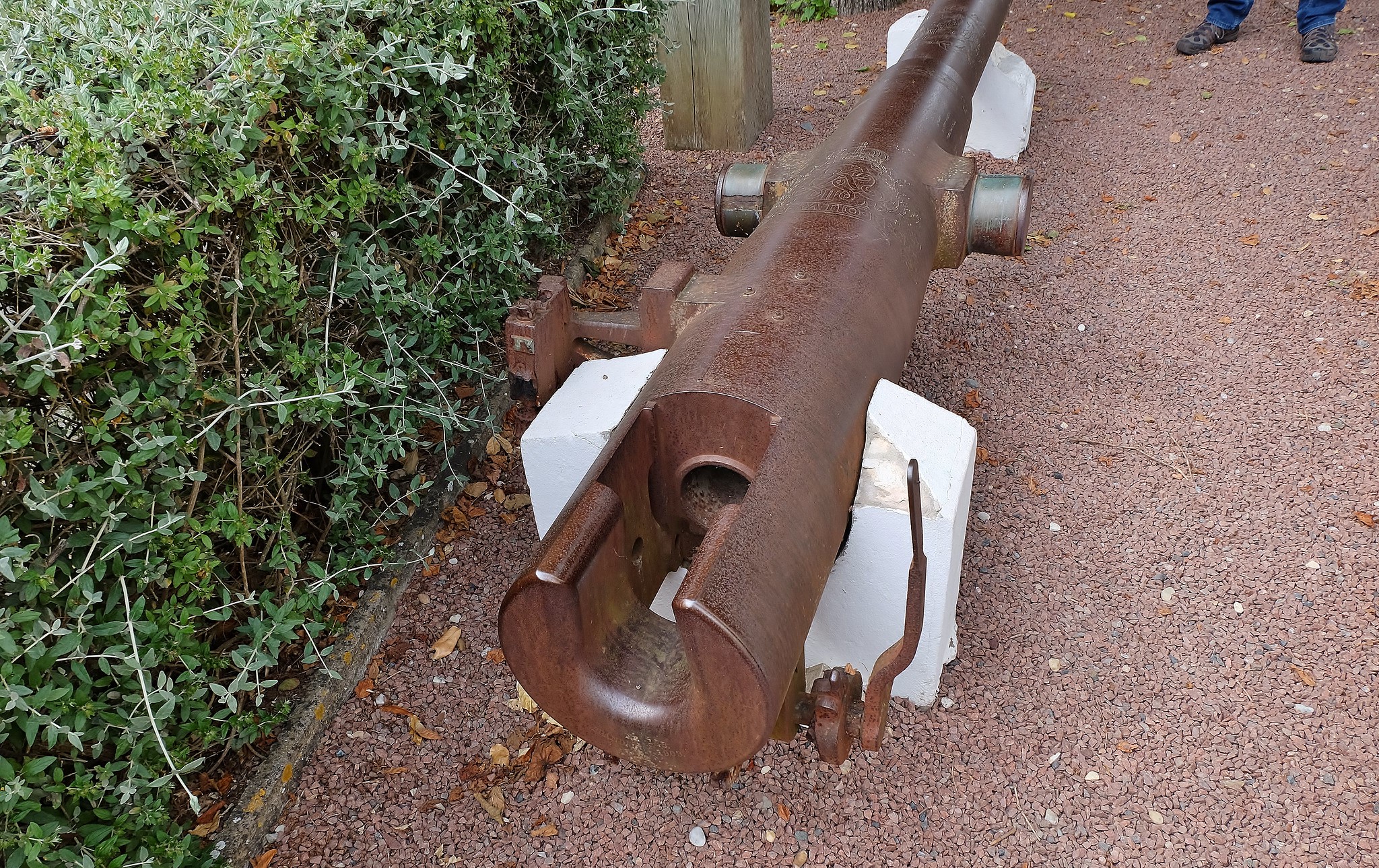
|
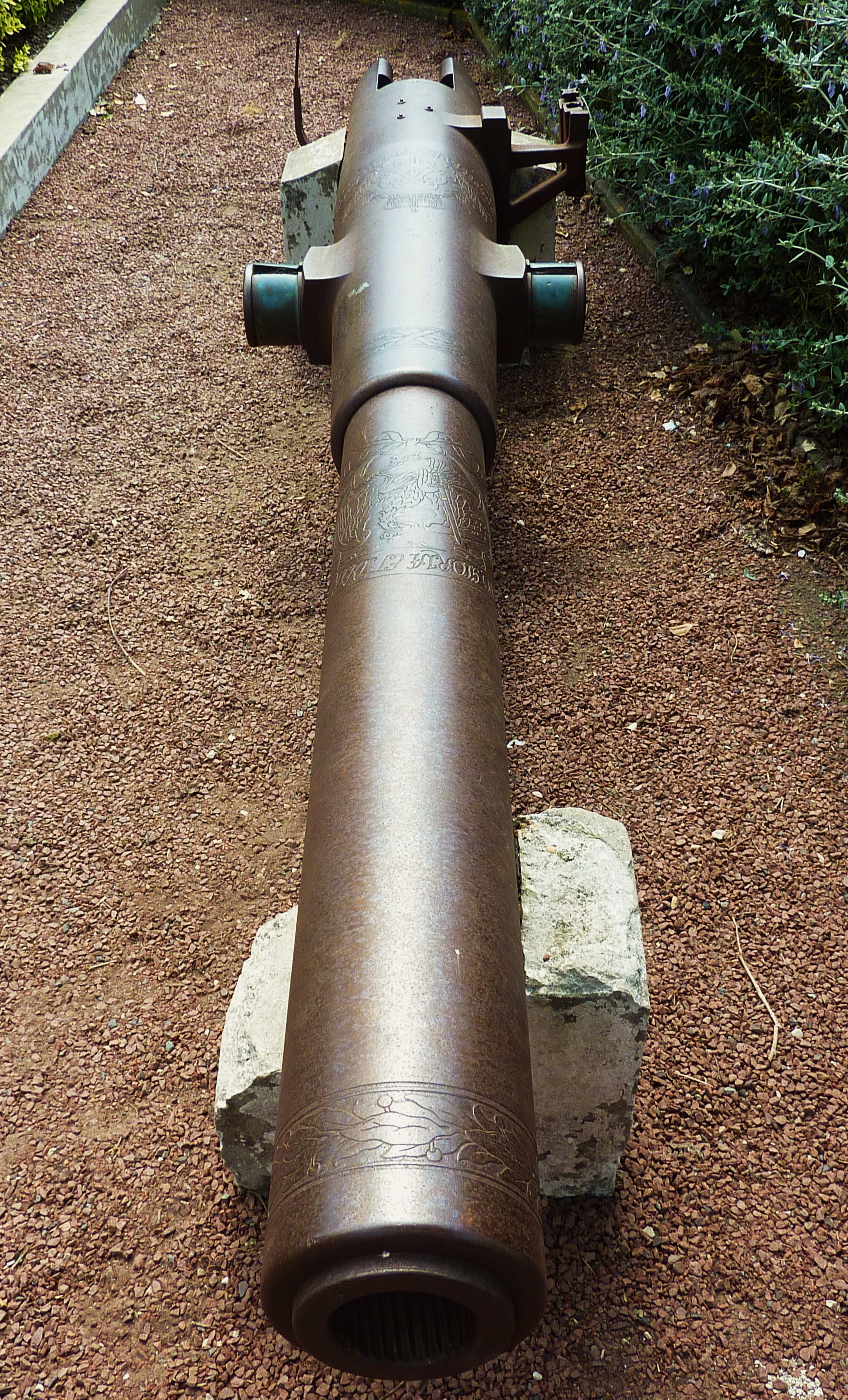
|
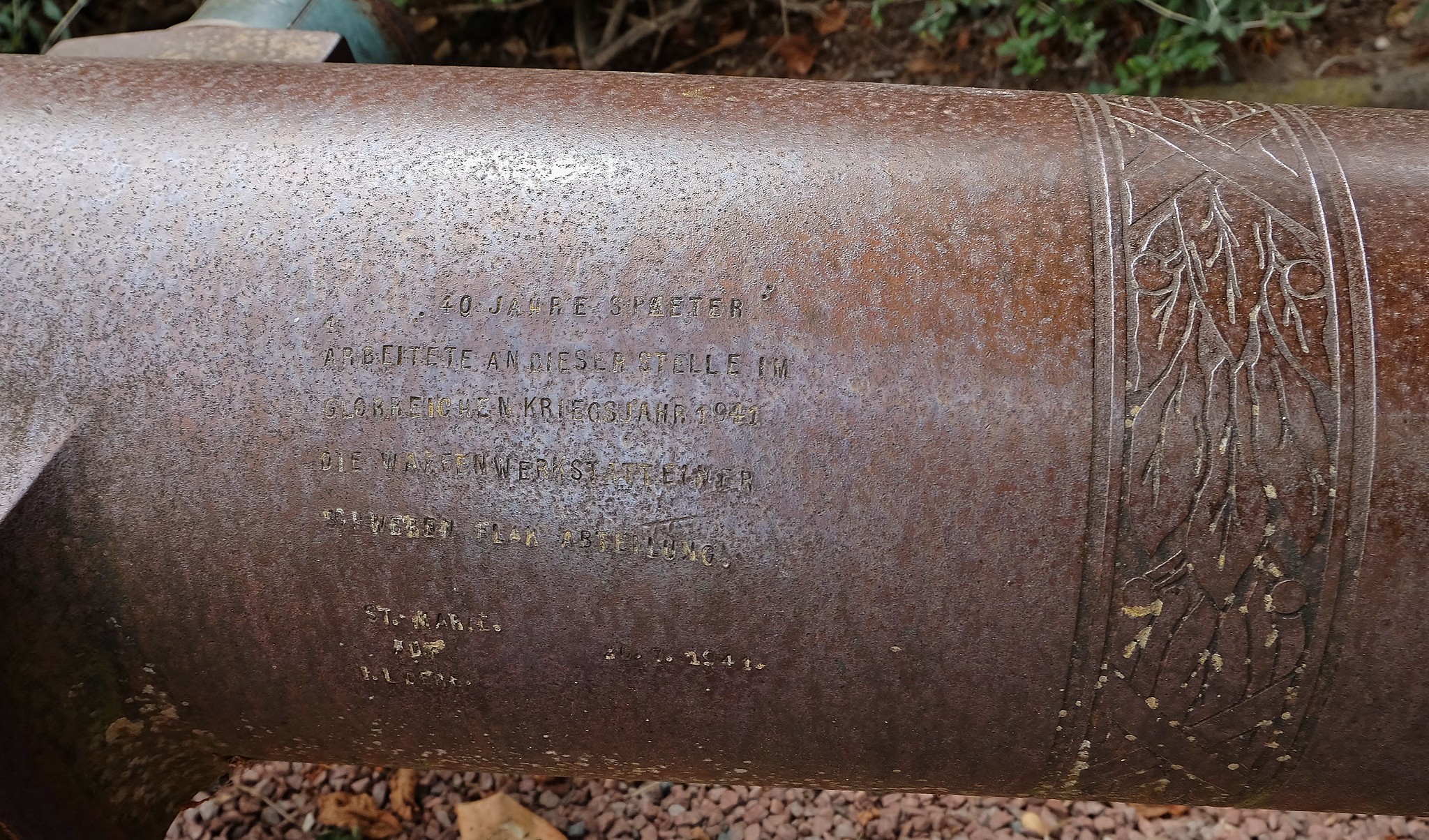
|
|||
Markings : Nr148 - Spandau 1903 |
The tube is engraved with arms |
These markings have been done by the German soldiers who were in charge to recover the gun in 1941 |
|||
|
Historic and technical information
|
|||||
| Denomination : 10cm K 99 |
Origin :
|
||||
|
Historic context :
Considering the performances of the 12cm Kanone dated 1880 were becoming insufficient, the 'Kgl Preussische Artillerie Pruefungs Kommission' ('APK') required in 1893 the design of a new gun with improved rate of fire, a better precision, and using the 105mm caliber already in use in the German Navy. |
Technical data :
|
||||
|
Sources
|
|||||
|
|||||